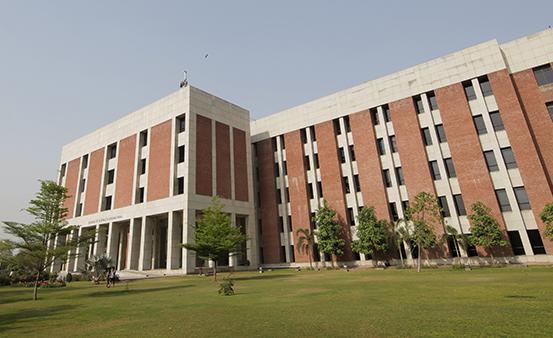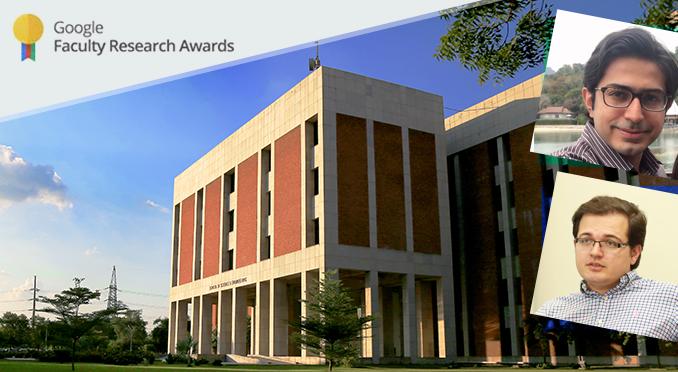
It has long been recognised that workplace relationships represent an important dimension of bureaucratic behaviour. Indeed, the general significance of informal peer relations among organisational employees has been noted since the Hawthorne studies in the early 20th century. This intra-organisational network of work relations influences and constrains organisational behaviour in many significant ways, prompting Krackhardt and Hanson to label it the ‘central nervous system’ of organisations.
Perhaps nowhere have work relations been more emphasised than in the literature on street-level bureaucrats—organisational employees who directly interact with clients—where a prominent theme has been the significance of peer interactions in forming role expectations, fostering group identity and facilitating job learning. Work relations are especially important for street-level bureaucrats because of high work demands, limited resources and uncertain job environment. Work relations of street-level bureaucrats can also serve as conduits of information and knowledge transfer through which street-level bureaucrats learn to get things done. Moreover, the importance of peers is of particular managerial consequence in the introduction of reforms or innovations, where new behaviour is required on the frontline. Peer relationships in such situations can provide material resources that help frontline workers make sense of and implement desired changes.
Despite its obvious scholarly and practical importance, there has been little theoretical or empirical work on understanding the micro-social foundations of peer selection among street-level bureaucrats. Through their research titled, Foundations of Relating: Theory and Evidence on the Formation of Street-Level Bureaucrats' Workplace Networks, Dr. Muhammad Azfar Nisar and Dr. Spiro Maroulis of Arizona State University wanted to address this critical theoretical and empirical gap in public administration studies. Specifically, they wanted to understand the extent to which behavioural and structural attributes are associated with the existence of informal communication ties among street-level bureaucrats and how this information could be of help in managing innovation and reform efforts in public organisations. To do so, they developed specific hypothesis by adapting insights from social capital and social exchange theories, to empirically analyse the micro-social foundations of street-level bureaucrats’ decision-making regarding peer selection.
The data for this project was collected from 101 teachers, an important group of street-level bureaucrats, at a large public school in the United States. Analysing teachers’ workplace relations also had the additional benefit of providing a context where individuals often access resources, particularly tacit expertise about the complex task of teaching, through informal social networks. For their analysis, the research team estimated an Exponential Random Graph Model (ERGM) of the likelihood of a directed tie existing between two teachers.
They found that teachers were more likely to discuss work related issues with peers who possessed characteristics such as innovativeness and experience, and that those relations were also characterised by reciprocity and closure. Their findings are consistent with predictions of the social capital perspective which posits that peer selection can be viewed as an instrumental investment influenced and constrained by one’s social network. It also implies that the introduction of change initiatives, in addition to potentially changing the way work is done within an organisation, can also impact its internal social dynamics in a manner that favours some frontline workers over others.
Moreover, Dr. Nisar’s study highlights the importance of integrating economic and sociological perspectives when analysing bureaucratic behaviour. That is, the theoretical model developed by the research team included the instrumental considerations of peer selection in line with the hypothesised rationality of the ‘economic man’, and higher-order, structural aspects of peer selection in line with choices of the ‘social man’. The research team found evidence of both, implying that the benefit-cost calculus of peer selection among frontline workers is bounded by the surrounding web of social relations making some choices more likely than others. It also reinforces the need for an integrative analysis of individual choice within public organisations.
This research project also has important management implications for public sector managers. As frontline workers can identify and seek peers who possess resources most valued by an improvement initiative, such efforts may alter the informal balance of power within the frontline of an organisation. Moreover, having such individuals who are in high social demand on board at the time of a planned organisational policy change may increase the likelihood of success of its implementation. Workplace relations are an important aspect of work identity of bureaucrats and failure to take them into account could limit the impact of human resource practices and team formation within organisations. Public managers need to be cognisant of these factors during design and implementation of policies aimed at organisational change.
Dr. Nisar is keen to disseminate the findings of this study through linkages with public, non-profit and private organisations. “As director of the LUMS Centre of Governance and Public Management (CGPM), I am planning to develop policy briefs on relevant research of our faculty to disseminate the key findings in the form of easily understandable managerial implications to key policy makers in Pakistan. That is one way to achieve increased impact and outreach of research conducted by LUMS faculty,” he said.








